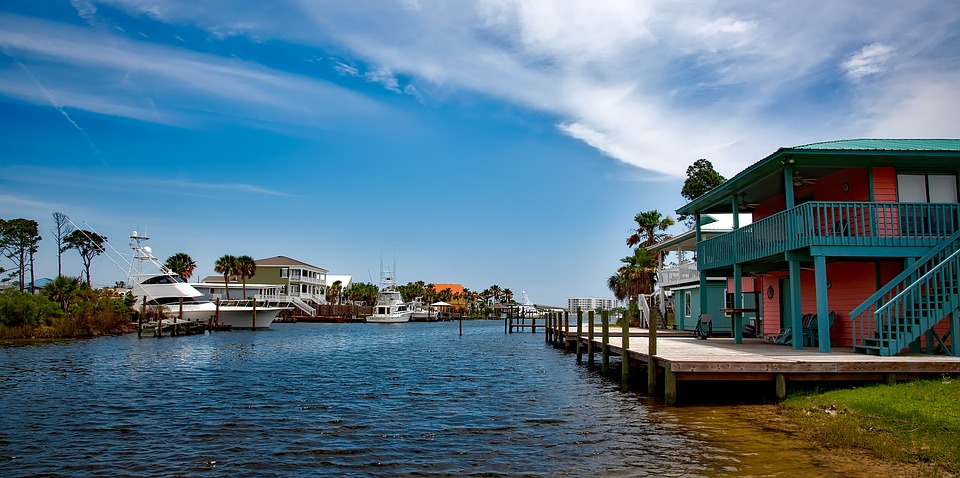Styling a second home or vacation property is completely different than decorating your main residence. This is not just limited to aesthetics. Function must be taken into account, the use of the property, the area, and also maintenance.
Purpose and Audience
Begin by considering the purpose of the property. Is it a vacation getaway for you and your family, or perhaps somewhere to stay when you’re away on business? Or both? Will it be used by your family and friends or will it be rented to vacationers? If you intend to rent it out, who is your intended audience? Will you be marketing to business travelers, couples, families, etc.?
The purpose of the property and the people who will be staying there are important considerations when it comes to decor, furnishing, and amenities. Vacationers may be looking for a stylish place to stay to get away from the stresses and strains of everyday life. Whereas people staying for business purposes are likely to require an internet connection, additional power points, etc.
Regardless of who will be staying there, if you’re renting, there are specific codes you will need to adhere to, which will ensure the safety of your guests. Maintenance is also a big consideration. The more people who stay at the property, the more wear and tear it will accumulate and longevity will be an important factor when it comes to furniture and fittings. You will also need to make provisions for ongoing maintenance.
Locality
Locality plays an important role in design choices, particularly if you’re establishing a rental property. Unless you design around a theme, guests are likely to expect the surroundings to be reflected in the style and decor of the holiday home. It’s likely that the architects took the locality into consideration when it came to choices regarding style, natural materials, and space. This should be continued inside.
When it comes to color choices, keeping it fairly neutral will appeal to a wide audience, but it’s all about balance. Simple decor choices that are not overpowering but reflect the colors of the landscape work well. While simple is preferable, this doesn’t mean that it needs to be dull. Adding small touches here and there to reflect the owner’s personal flair adds interest. This includes pictures, photographs, ornaments, etc.
Furniture
Keep furniture fairly minimal. You don’t need the same items you would expect in a main residence. Work out what might be expected by your guests. For family, this will be fairly straightforward. If you’re furnishing a holiday home, check out other properties in your market. Put yourself in the role of the guest and think about what you would need on a day-to-day basis. Opt for high-end furniture that will stand the test of time. No matter who your clientele are, not everyone will be as considerate as you and your family. Enlist professional moving services to transport furniture. This will ensure it is packed and cared for in transit.
Whoever stays at the property, they are unlikely to be interested in daily chores, so a washer, dryer, and dishwasher are absolute basics. Add other appliances that will save time and make the stay that little bit easier. Some property owners enlist the services of local concierge companies to assist their guests.
When it comes to styling your vacation property, start with the basics of purpose and audience. Keep it simple but add personal touches here and there to add interest. Buy furniture that is both aesthetically pleasing but is also strong and resilient. And finally, making their stay as simple and effortless as possible will ensure guests return time and again.


